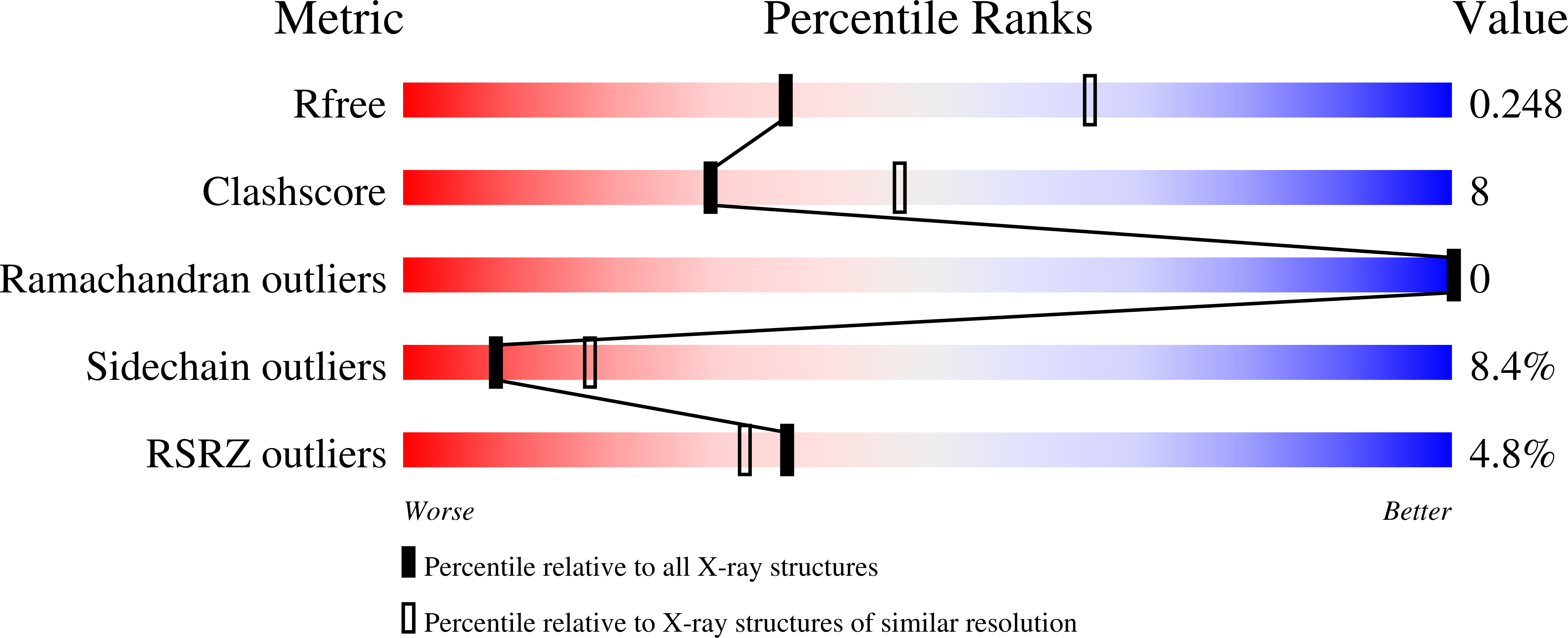
Deposition Date
2025-03-06
Release Date
2025-07-30
Last Version Date
2025-08-13
Entry Detail
Biological Source:
Source Organism:
Escherichia coli K-12 (Taxon ID: 83333)
Host Organism:
Method Details:
Experimental Method:
Resolution:
2.57 Å
R-Value Free:
0.22
R-Value Work:
0.17
Space Group:
P 41 21 2


